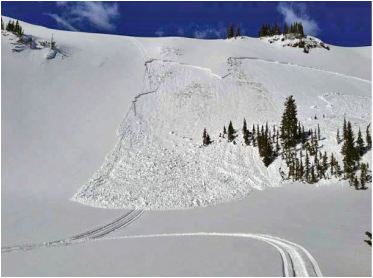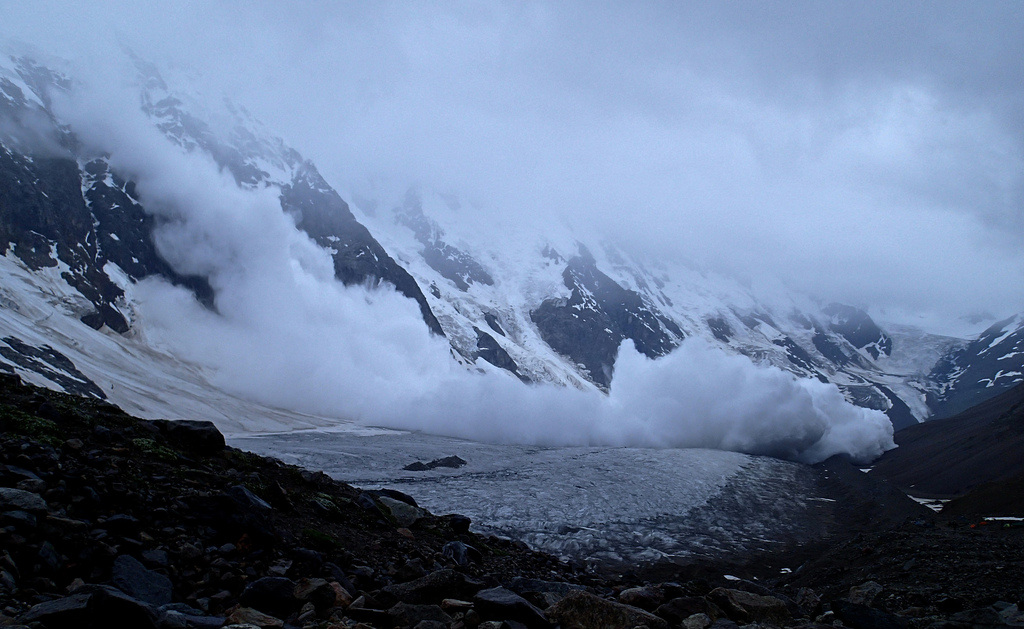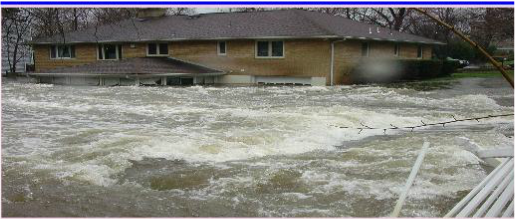Natural Phenomena and Hazards: Fire, Avalanche, Floods
By Eva, Meghann, and Pearl
WILDFIRES
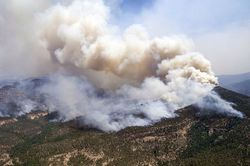
Historical Wildfires In Colorado
- The Storm King Fire
- The Hayman Fire (Largest in Colorado)
- The Black Forest Fire (Most destructive)
- West Fork Fire (2nd Largest fire)
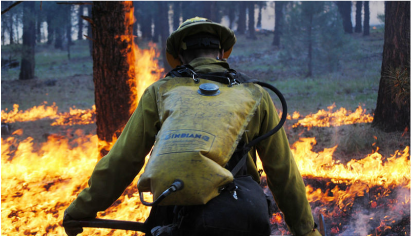
Interesting Facts About Wildfires
- 90% of wildfires are started by humans
- A wildfire can move up to 15 miles per hour
- Most animals escape the flames
- Wildfires can produce fire nadoes which are caused by high wind speeds and scorching temperatures
- Fires can be stopped three different ways
- At night fires travel downwards
- During the day fires travel upwards
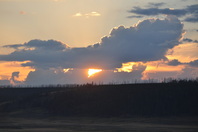 This picture was taken on a trip Eva went on to Yellowstone. There was evidence of the Yellowstone fire that was caused by a strike of lightning.
This picture was taken on a trip Eva went on to Yellowstone. There was evidence of the Yellowstone fire that was caused by a strike of lightning.
Hazards
Benefits
Fast Facts
Fire Video click here
In conclusion fires are both beneficial and hazardous. They can help plants reproduce and also clear debris. But the can also burn homes and threaten lives.
Snow Avalanches
Benefits of avalanches:
- Makes new plant lives
- Can help diversify a forest ecosystem
- Contributes to a healthy forests
Hazards of avalanches:
- Kills animals and people
- Can destroy homes, buildings and ecosystems
- Water can rise in rivers and lakes
Fun Facts:
- Can cause large smoke deposits which is very unhealthy for the air
- Every year 9 million acres are burned in the US
- Houses and people can be threatened by the deadly flames
Benefits
- Fires burn the debris on the forest floor like dead trees and lets the sun nourish the soil
- Fires clean the bugs and disease out of the forest
- Fires clear out the older and dead trees and let the ground cover and smaller plants receive sunlight
Fast Facts
- Over 18,000 people are injured each year due to fire.
- 13,000 house fires are caused by candles each year.
- Electrical fires cause 1.5 million dollars in damage a year.
Fire Video click here
In conclusion fires are both beneficial and hazardous. They can help plants reproduce and also clear debris. But the can also burn homes and threaten lives.
Snow Avalanches
Benefits of avalanches:
- Makes new plant lives
- Can help diversify a forest ecosystem
- Contributes to a healthy forests
Hazards of avalanches:
- Kills animals and people
- Can destroy homes, buildings and ecosystems
- Water can rise in rivers and lakes
Fun Facts:
- Each year avalanches kill more than 150 people worldwide (about 25 in the USA).
- Avalanches can reach a speed of 80 miles/hr in about 5 seconds .
- Most people die from avalanches because they get too little oxygen when they are stuck under the snow.
- Avalanches are more common on 30 and 40 deg. angle slopes.
- The most avalanches in the USA are in Colorado
|
Historical events: Every year people get killed and injured by avalanches in Colorado--for example:
Avalanches are dangerous and helpful, but we can be careful and prevent death and destruction from happening. Video!! ___________________________________________________________________________________________________________ Natural Floods Colorado Historical Floods
Hazards
Benefits of floods Floodplains and wetland help store waters in areas where less damage will be caused.waters farm land and floods usually happen in dry places like Arizona which is good because it hydrates the area. What causes flash floods? A flash flood is a rapid flooding of geomorphic low-lying areas:washes rivers, dry lakes and basins. it may be caused by heavy rain associated with a severe thunderstorm,hurricane,tropical storm or meltwater from ice or snow flowing over ice sheets or icefields. Flash Floods A flash flood is a rapid flow of water that can reach dangerous heights and has destroyed many cities. Flash floods damaged many small front range towns in 2013. Fast Facts
|
Conclusion:
Floods are good and bad. When they are big they can sweep cars, homes, and even people away. But if they are small they can make farmer's jobs easier. They flood fields of crops, which stay flooded so farmers don’t have to water them.
_______________________________________________________________________________________________________________________
Works Cited:
-http://geol105naturalhazards.voices.wooster.edu/
-http://www.fire.ca.gov/
-http://environment.nationalgeographic.com/environment/natural-disasters/wildfires/
-http://geol105naturalhazards.voices.wooster.edu/
-http://www.fire.ca.gov/
-http://environment.nationalgeographic.com/environment/natural-disasters/wildfires/ http://www.firerescue1.com/fire-products/Firefighter-Accountability/articles/1206336-9-facts-about-fire/
-https://www.youtube.com/watch?v=F8OrmGAIqI4
-http://www.n-d-a.org/avalanche
-://www.fsavalanche.org/Default.aspx?ContentId=28&LinkId=6&ParentLinkId
-https://www.dosomething.org/tipsandtools/11-facts-about-avalanches
-http://www.ski-adventure-guide.com/avalanchefacts.html
-http://www.scientificamerican.com/article/the-10-worst-snow-disaste/
-https://www.youtube.com/watch?v=BpNxRsIoN58
-http://www.tulane.edu/~sanelson/Natural_Disasters/floodhaz.htm http://www.weather.com/encyclopedia/flood/history.html
-https://www.dosomething.org/facts/11-facts-about-floods
-https://www.dosomething.org/facts/11-facts-about-floods
-file:///home/chronos/u-d6bd75a0aeb9b4a3b90acebb500daeda064e7eb3/Downloads/Flood%20stage%20of%20 RF%20River%20near%20Basalt%20(1).
-https://drive.google.com/drive/#folders/0B45D8M123sk4YlktYW9oVDhaV3c
Floods are good and bad. When they are big they can sweep cars, homes, and even people away. But if they are small they can make farmer's jobs easier. They flood fields of crops, which stay flooded so farmers don’t have to water them.
_______________________________________________________________________________________________________________________
Works Cited:
-http://geol105naturalhazards.voices.wooster.edu/
-http://www.fire.ca.gov/
-http://environment.nationalgeographic.com/environment/natural-disasters/wildfires/
-http://geol105naturalhazards.voices.wooster.edu/
-http://www.fire.ca.gov/
-http://environment.nationalgeographic.com/environment/natural-disasters/wildfires/ http://www.firerescue1.com/fire-products/Firefighter-Accountability/articles/1206336-9-facts-about-fire/
-https://www.youtube.com/watch?v=F8OrmGAIqI4
-http://www.n-d-a.org/avalanche
-://www.fsavalanche.org/Default.aspx?ContentId=28&LinkId=6&ParentLinkId
-https://www.dosomething.org/tipsandtools/11-facts-about-avalanches
-http://www.ski-adventure-guide.com/avalanchefacts.html
-http://www.scientificamerican.com/article/the-10-worst-snow-disaste/
-https://www.youtube.com/watch?v=BpNxRsIoN58
-http://www.tulane.edu/~sanelson/Natural_Disasters/floodhaz.htm http://www.weather.com/encyclopedia/flood/history.html
-https://www.dosomething.org/facts/11-facts-about-floods
-https://www.dosomething.org/facts/11-facts-about-floods
-file:///home/chronos/u-d6bd75a0aeb9b4a3b90acebb500daeda064e7eb3/Downloads/Flood%20stage%20of%20 RF%20River%20near%20Basalt%20(1).
-https://drive.google.com/drive/#folders/0B45D8M123sk4YlktYW9oVDhaV3c
